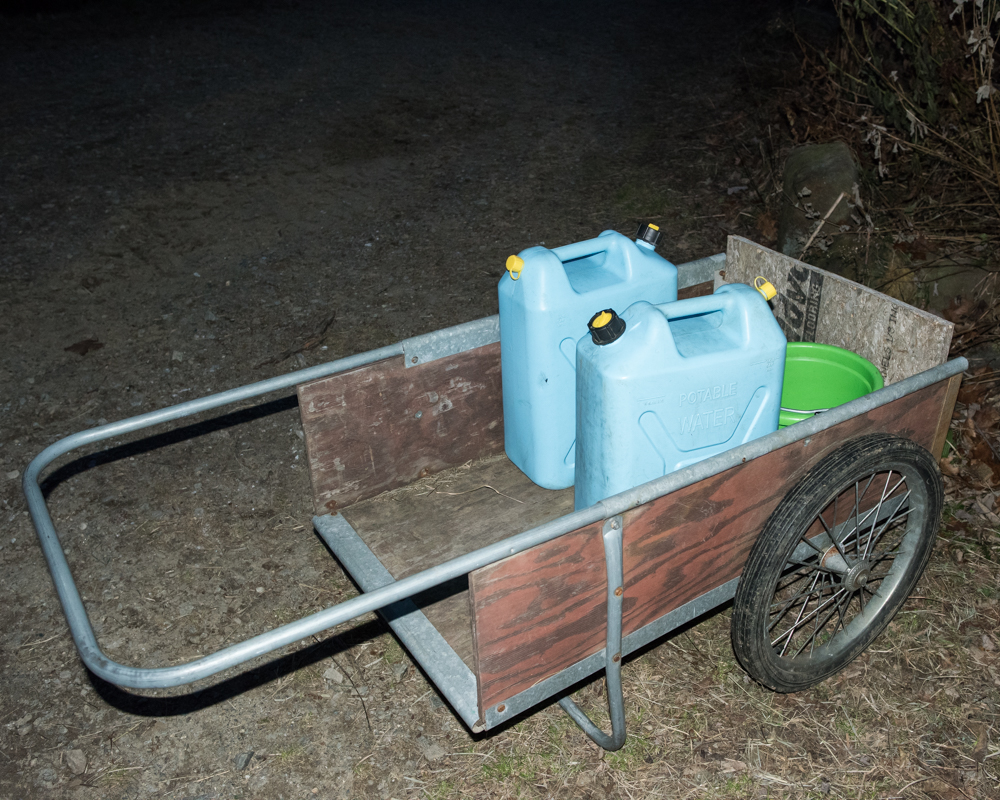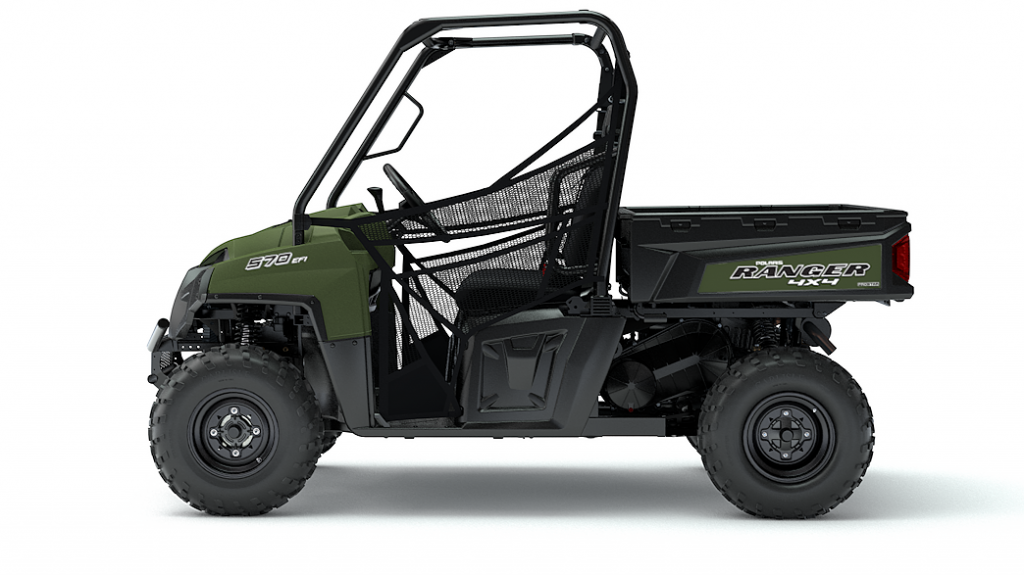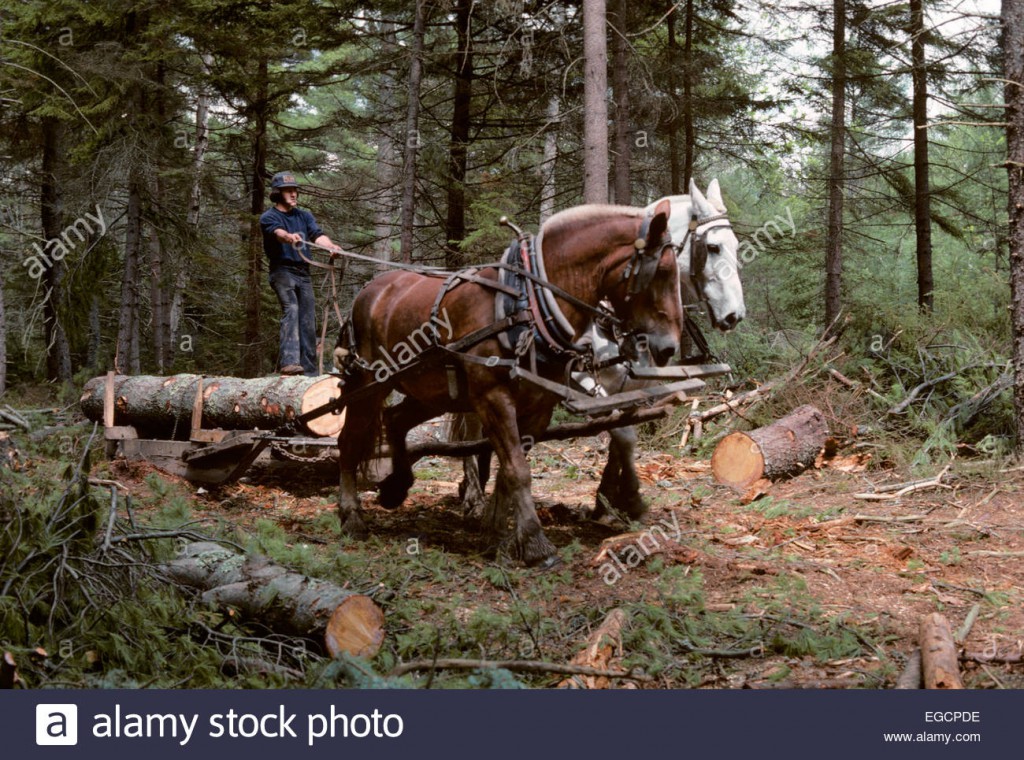I’ve been writing daily farm updates for almost a year now, and patterns are starting to emerge. I see that I’ve written about providing water to the sheep at least 8 times before — does that cross the line into obsession? — and my readers will have to tolerate at least one more.

I’ve settled into a pattern of making the trek up the hill several times a day with two full jerry cans of water in the garden cart I found discarded on the property. Pushing the 190-lb weight of the cart and water up 100ft of elevation gain is right at my limit, though I’m getting a little faster. A benefit, aside from the exercise, is that my Sisyphean exercise gives me time to think; of course I mostly think about more efficient ways to move water.
I’ve sometimes hauled water in the bucket of my tractor, costing me almost no effort, but I cringe at the compacted tire ruts I leave in the pasture will this 7000-lb machine. It feels like every time I drive the tractor somewhere on the farm, I’m losing future grass production with the damage it does, so I fantasize about water hauling machines that might be gentler on the land. There’s a popular sort of off-road vehicle that goes by the cryptic name of “side-by-side”* that looks like it would do the trick nicely — lots of payload capacity and an overall weight of only about 1000lbs —

but these things cost more than what I paid for my truck and livestock trailer combined. Then I visited a friend the other day, and he took me on a tour of his farm in his 1946 Jeep (the dogs ran alongside, and I don’t think we ever got over 5 mph — perfect!), and again I got excited that I had found the perfect farm vehicle.

They’re small, nimble, light, and could haul lots of water or electronet. They are also collectible, I discover (seems I’m not the first person who’s taken a shine to them), and suffer from the same problem as the side-by-sides, albeit with a great deal more style.
But as I trudge up the hill with my water cart, I remember that one of the best things about my farm life is that I’m always moving — walking, lifting, cutting wood, setting up ‘net — and that one logical conclusion of my efforts to gain efficiency would be turning into the sort of modern farmer who uses machines for everything and then has to go to the gym to stay fit. This doesn’t seem right, so then I drift into my latent fascination with draft horses, .
.
and I’m momentarily filled with a rush of nostalgic thoughts about training a horse (or donkey, or mule) to pull a water cart up the hill for me. I wouldn’t be sitting in the seat of a motorized vehicle getting fat, but I’d be able to get much more work done. Then I remember that I’m struggling to train the dogs I work with, and I know exactly nothing about working with horses. And I assume that horses need to eat year-round,** unlike old Jeeps. So I’ll continue pushing my cart for the moment, waiting for further inspiration…
* I assume that this name refers to the fact that 2 or 3 people can sit abreast in these things, as opposed to a quad bike, that one person sits astride. Seems like they could use a rebranding for clarity, but maybe I’m the only one who’s confused.
** I roughly calculate $3000 – $5000 per year in hay costs, so a side-by-side every 2 or 3 years, assuming only one horse. I guess that’s why people call them hay burners.
Tagged: CJ2A, donkey, draft horse, exercise, fat farmer, hauling, hay, indolence, Jeep, quad bike, side-by-side, water, Willys